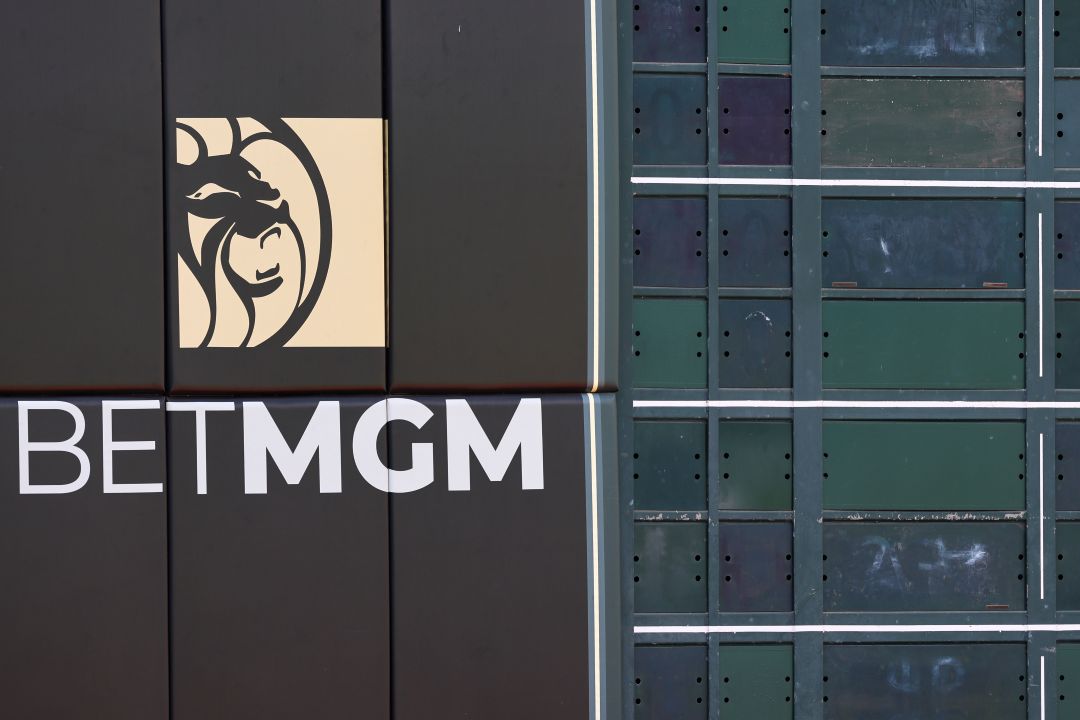Letting Bad Companies Go Bust
HOW can the new president and Congress design credible, predictable ways to better protect the economy from future financial-sector failure?
For starters, it must avoid the idea that since failure has proved so dangerous, we must prevent it.
Policymakers from both parties have talked about creating a federal "market-stability regulator" to smooth out economic disruptions. But a "stability regulator" might mistake valuable innovation for a dangerous bubble, prick it, and thus hurt prosperity.
In a healthy economy, some sector is always outperforming the others. Recognizing unhealthy growth is still easier said than done. Plus, a regulator might also lull bankers and investors into thinking that we're safer when we're not. Coupled with the implied promise of Fed lending in the next crisis, Washington could give life to another government-guaranteed risk taker, just as it did long ago with Fannie Mae and Freddie Mac.
If we're to return to being a relatively free-market economy, instead of preventing failure, we must credibly show that in the future we'll allow bad financial companies and bad markets to fail, even when—maybe especially when—they're big or complicated. That way, bad companies can't linger and further infect the economy by making good firms lower their own standards to compete against them.
The feds should create a permanent way in which big financial institutions or subsidiaries that aren't FDIC protected can collapse without endangering the economy: a conservatorship like what the White House did with Fannie and Freddie last summer.
The White House took over Fannie and Freddie in an orderly fashion, firing existing management and letting shareholders suffer the losses.
A conservatorship for future complex financial-firm failures would have two key differences, however. To ensure that companies and their creditors wouldn't have an incentive to take ever more risks, expecting future government bailouts, creditors would not be protected from losses, as they have been over the last seven months at Fannie, Freddie and many other financial firms.
"It's very important that creditors worry about the prospects" of a company, says London School of Economics prof Willem Buiter; otherwise, creditors will lend too freely.
And while the government could provide financing to assure a failed institution's continued operation temporarily, the goal would be to close it down, selling good assets and paying back creditors and then shareholders with the proceeds, as bankruptcy courts do.
Such controlled failure would require a new legal category of bankruptcy that wouldn't be simply a collection of private parties competing before a judge for their own interests. Instead, an agency would represent the public's interest in preventing economic disaster, Jay Westbrook, a business-law professor at the University of Texas at Austin, suggests.
These extraordinary bankruptcies would prevent some creditors from taking their collateral immediately and selling it in a crisis, as they had the right to do in the Lehman Brothers failure, worsening a perilous situation.
The change would mean that secured lenders to big financial firms would demand higher interest rates for the new risk that their collateral could be indefinitely frozen.
But such a cost could be beneficial: It would make smaller, nimbler financial firms newly competitive against the lumbering giants likely to be affected by the new bankruptcy category. New York, for one, needs a few small investment firms to start rebuilding its key industry.
Lawmakers and the next president would have to decide whether the Fed or a new entity would be in charge of figuring out which banks and investment-management firms fall into the new bankruptcy category. Size would matter.
Complexity would matter, too—including a firm's dependence on short-term financing, because short-term lenders can pull their funding out at the first sign of trouble, destabilizing a firm, as well as involvement in opaque, complex markets, also vulnerable to panic. Above all, the government should make all the parameters public, so that these companies' shareholders, creditors and trading partners would understand in advance that they'd face real losses in a crisis.
When it comes to regulating financial markets and innovative products, too, as well as companies, a major criterion should be size. If a new, custom-made derivative security makes up a tiny percentage of the financial world, it likely doesn't need much regulation because it can't hurt anyone.
But once it has grown into a market of tens of billions of dollars or more, it needs regulators and clear rules to protect it from a sudden loss in confidence that could injure money and credit supplies.
In the last boom, the credit-insurance market grew into a multitrillion-dollar market without adequate regulation or supervision. Its size, complexity and opacity has exacerbated the current crisis, since so many financial firms provided insurance against default on mortgage-backed and bank securities and nobody knows who owes what.
As for what kind of regulations these innovative markets need, it's not rocket science; we've been regulating old-fashioned stock and bond markets for 70 years.
The government mandates the disclosure of pertinent facts. It also limits people's borrowing to buy stocks, so that stock speculation based on easy money can't cause huge losses. Central clearing of transactions, like on a stock exchange, is key, too, so that it's easier to see which companies are taking which risks, rather than have hundreds of billions of dollars' worth of opaque credit-insurance contracts orphaned all over the world in a bankruptcy like Lehman's.
In the end, the market's verdict works when it comes to innovative products and institutions. It worked too well in declaring the investment-banking model of the last 25 years an abject failure.
The important thing is for regulation to lessen the risk that the market will destroy the economy to right itself.
This piece originally appeared in New York Post
This piece originally appeared in New York Post


